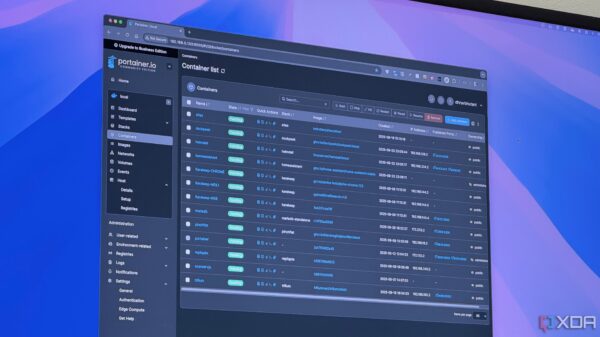New research presented at the American Association for the Study of Liver Diseases (AASLD) has highlighted a significant link between protein expression changes and reduced fatigue in patients with primary biliary cholangitis (PBC) who are treated with elafibranor. The findings were shared by Mark Swain, MD, a professor of medicine at the Cumming School of Medicine, during the annual The Liver Meeting 2025.
The study examined the expression levels of ten proteins associated with fatigue and mitochondrial function. Researchers discovered that these changes were not only correlated with each other but also with improvements in fatigue, indicating that the agonism of PPARα/δ could positively influence fatigue-related pathways. “Fatigue, a common and debilitating symptom in patients with primary biliary cholangitis, has poorly understood pathophysiology,” Swain and his colleagues noted.
Previously, at the European Association for the Study of the Liver (EASL) Congress 2025, researchers identified similar expression alterations in the same group of proteins, including ATAD3B, BAX, and SOD2, among others, in patients treated with elafibranor. This latest study aimed to further explore the relationship between these protein expression changes and fatigue severity.
To conduct this research, investigators analyzed serum samples from patients in the phase 3 ELATIVE trial. Samples were collected at baseline and after 52 weeks of treatment. The team utilized the Olink® Explore HT proteomic panel to evaluate protein expression levels. They also assessed correlations between the Patient-Reported Outcome (PRO) Measurement Information System Fatigue Short Form 7a (PFSF 7a) and the PBC-40 Fatigue domain scores.
In total, serum samples from 119 out of 161 patients were analyzed. Among these, 46 patients were categorized as having moderate to severe fatigue based on the PFSF 7a, while 63 met the criteria based on the PBC-40 F score.
The analysis revealed significant moderate-to-strong correlations in the overall patient population between the expression of all ten proteins (r=0.29–0.89; P <.05). In patients with moderate to severe fatigue, specific proteins—CA5A, ECI1, GRPEL1, KYNU, MECR, and SOD2—showed significant correlations with fatigue at baseline (r=0.25–0.39; P <.05). In patients undergoing treatment with elafibranor, moderate-to-strong correlations (r=0.27–0.88) were observed in expression changes from baseline to week 52 for all proteins, although CA5A and ATAD3B did not meet significance criteria. Changes in expression levels of BAX, ECI1, GRPEL1, HPD, KYNU, MECR, and SOD2 were particularly notable, correlating with improved fatigue outcomes in patients assessed by the PFSF 7a (r=0.35–0.54; P <.05). The findings suggest that treatment with elafibranor results in significant changes in protein expression linked to fatigue and mitochondrial function. The researchers concluded that this agonism of PPARα/δ may help improve fatigue in patients with PBC, paving the way for further studies to explore the underlying mechanisms contributing to these improvements. This ongoing research underscores the need for continued exploration into effective treatment options for managing fatigue in PBC, a symptom that remains a significant challenge for many patients.







































































